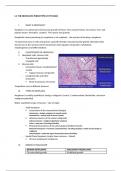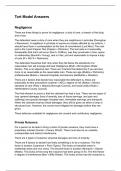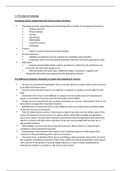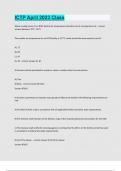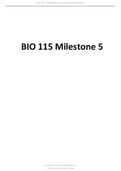Lecture notes
The Neoplastic Phenotype
- Module
- CANCER BIOLOGY LECTURE NOTES
- Institution
- University Of East Anglia
Introduction to neoplasm and in depth exploration of benign vs malignant neoplasms, the harmful effects, the origin, the phases of oncogenes and the relationship of neoplasm and the immune system.
[Show more]
